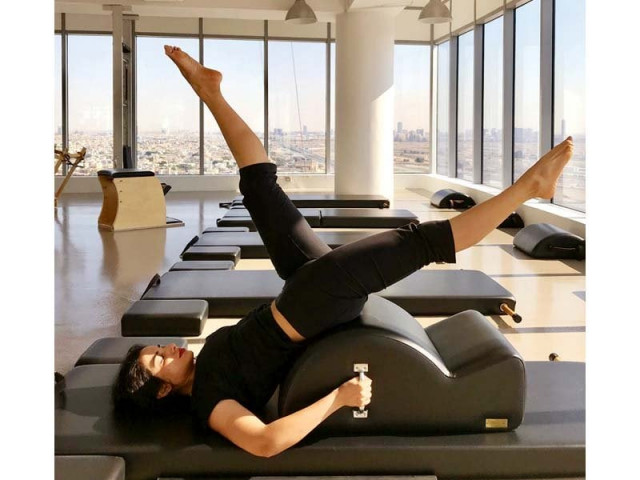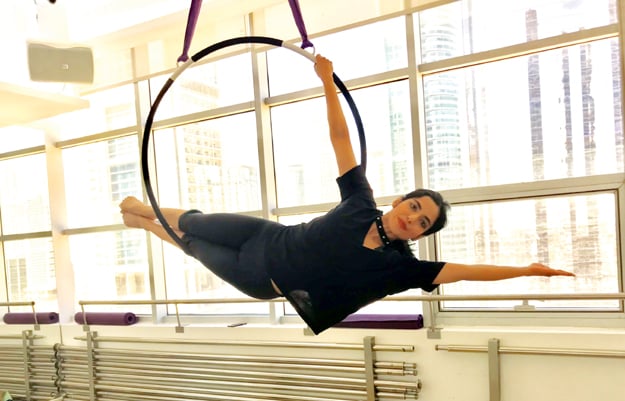Fitness First Intermittent Fasting 101
Fatima Zara Mallick gives us a lowdown on Intermittent Fasting

What is Intermittent Fasting?
Intermittent fasting is not a diet. It is simply an eating pattern. You schedule your meals to suit your lifestyle versus eating mechanically three (or more) times a day. For example, if you eat dinner at 10pm, your next meal would be around 10am the next day (a 10-hour fast) or even 3pm (a 15-hour fast). Contrary to popular belief, we don’t need to eat every three hours to keep our metabolism working. Additionally, you can drink water, tea or coffee (without milk or sugar) throughout your fasting hours. The trick is to simply avoid any sort of calories because even the smallest amount of sugar will take your body out of the fasting state.
Why Intermittent Fasting works?
In simple words, whenever you eat, your insulin levels rise and your body begins absorbing and digesting your meal. This is known as the fed state. It is in this state that you burn minimal body fat, after which you enter the post-absorptive state which lasts around 10 to 12 hours. After that, you finally enter the fasted state. Now your body begins to burn stubborn fat for fuel. Your insulin levels are low and your body can tap into previously inaccessible fat storage. This means that you can lose fat on IF even if you don’t necessarily change what you eat and how you work out. If you simply schedule your meals differently, you will see a change in your physique.

How to execute Intermittent Fasting?
I encourage clients to practice IF at least twice a week. You can start with a 10-hour fast and build it up to 16 or 18 hours. For example, if you wake up at 6am, you can have your first meal around 2pm. This pattern of eating works beautifully as you can then have dinner around 10 pm and be naturally energetic the next morning. Alternatively, if you are a late riser, your first medium-sized balanced meal should be around 2pm. Plan a workout around 7pm and eat dinner by 10 or 11pm max. This fast is a lot longer but suits many people’s current lifestyle.
A word of caution
Intermittent Fasting should not be conducted on a daily basis. IF is rather strict, so allow your body to ease into the regimen. We do not want to set any rigid patterns and nor do we want to use IF as an excuse to starve. Consult your personal trainer or nutritionist before embarking on an IF programme and make sure your fast naturally complements your routine. IF should not feel forced or difficult. Finally, remember that no one solution fits all. Best of luck!



















COMMENTS
Comments are moderated and generally will be posted if they are on-topic and not abusive.
For more information, please see our Comments FAQ